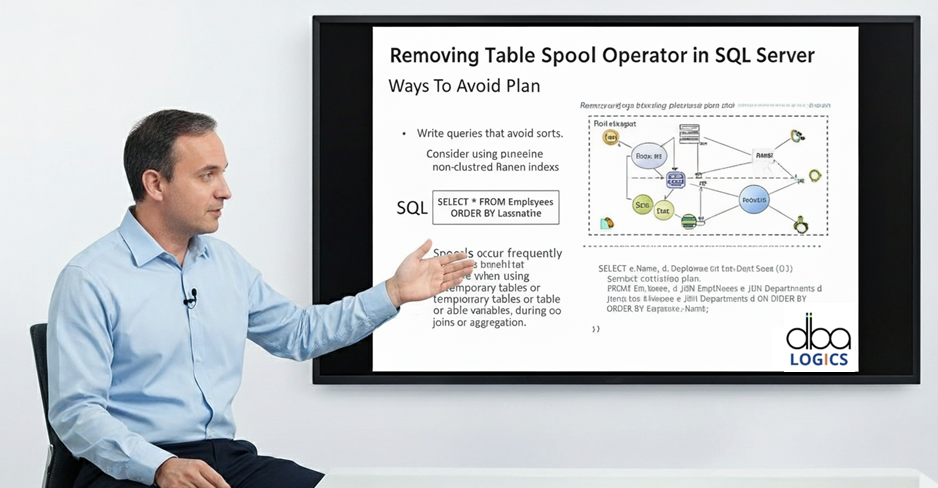
Explanation of Removing Table Spool Operator in SQL Server
Example:
Take a case in point that you find yourself with a query plan that has a Table Spool (and to be specific when you want to get rid of this Table Spool you find that it is an Eager Spool).
- SELECT /*+ NO_PERFORMANCE_SPOOL */
- e.EmployeeID, e.Name, d.DepartmentName
- FROM Employees e
- JOIN Departments d ON e.DepartmentID = d.DepartmentID
- WHERE d.Location = 'Delhi';
It is worth noticing, though, that such an approach involving the use of the NO_PERFORMANCE_SPOOL hint is frequently a short-term solution. The trimmed down solution is the query rewrites or index tuning so that a spool is not needed at all.
Methods to Remove Table Spool:
1. Check for missing indexes –
- Assess the execution strategy to find relevant recommendations of missing indices.
- Come up with the right indexes depending on the columns incorporated in your `WHERE` clauses, `JOIN` conditions as well as `ORDER BY` clause.
- Good indexes eliminate the efficiency of the Table Spools and can result in having less need of Table Spools in SQL Server.
2. Rewrite the query –
- Look at inefficient patterns in the query, e.g. nested loops, repeated table access, etc.
- Re-format such patterns in the query. Such as, employ alternative join strategies or application of sub queries.
- Sometimes the simplification of the query logic would result into more efficient execution plan without Table Spools.
3. Use query hints –
- There are rare queries when hints are useful like `OPTION (HASH JOIN, MERGE JOIN)` or `
NO_PERFORMANCE_SPOOL`. - Nevertheless, use these clues sporadically and only after the thorough analysis.
- The excessive use of the query hints may lead to hiding the real performance problem and reduce the flexibility of the query in response to changes in data or a database structure.
- You may want to add a hint of `OPTION (HASH JOIN, FORCE ORDER)` in the case that the join order is causing problems, but you should not expect that to give any benefits and should be explicit that the hint exists because of the problem order and may have a negative impact.
- Missing Indexes: This is the most frequent reason that leads to Table Spools namely through the absence of suitable indexes. SQL Server relies on Table Spools when it has to make a temporary duplicate of its data so as to conduct an efficient operation such operations as joins or filtering. In case there could be an index made up on columns involved in such operations, the SQL Server is able to access the desired data without the generation of a spool.
- Query Rewriting: Occasionally SQLServer can use a Table Spool even when you would not expect it because of query design. This may occur with complicated sub queries, nested loop or inefficient join criteria.
- Query Hints: Query hints are suggestions that the SQL Server uses to put some execution plan. Although they may come in handy in some cases, they are to be used with care as they may deny the SQL Server to select the most appropriate plan based on the existing data and database design.
Detailed Explanation of Each Method:
Example
When the query joins Employees and Departments on the basis of DepartmentID and by d.Location, the index should be considered on the Employees.DepartmentID, Departments.DepartmentID and Departments.Location.
Example
Take an example of a query containing a subquery in the `WHERE` clause and executed once per affected row. Such query can usually avoid Table Spool by reformulating the query using `JOIN` or a common table expression.
Example
`OPTION (HASH JOIN) ` can override SQL Server so that instead of performing a nested loop join it uses a hash join which can sometimes be more efficient. `NO_PERFORMANCE_SPOOL ` can prevent SQL Server using a Table Spool, however it can also cause a less optimal plan to be written if the spool was actually an improvement.
Conclusion:
When the Table Spool operator appears, it is a possible indicator of a problem with overall performance, resulting in missing indexes or poorly designed queries. Although an immediate workaround can be implemented by implementing the hint NO_PERFORMANCE_SPOOL , an optimal solution comes by analyzing/tuning the query through addition of suitable index and restructuring the query logic. The solution to the root causes leading to Table Spools will mean better execution and less use of TempDB and the database system will be more effective and scalable. Correct indexing and effective query optimization should be on the top of your list rather than using query hints.

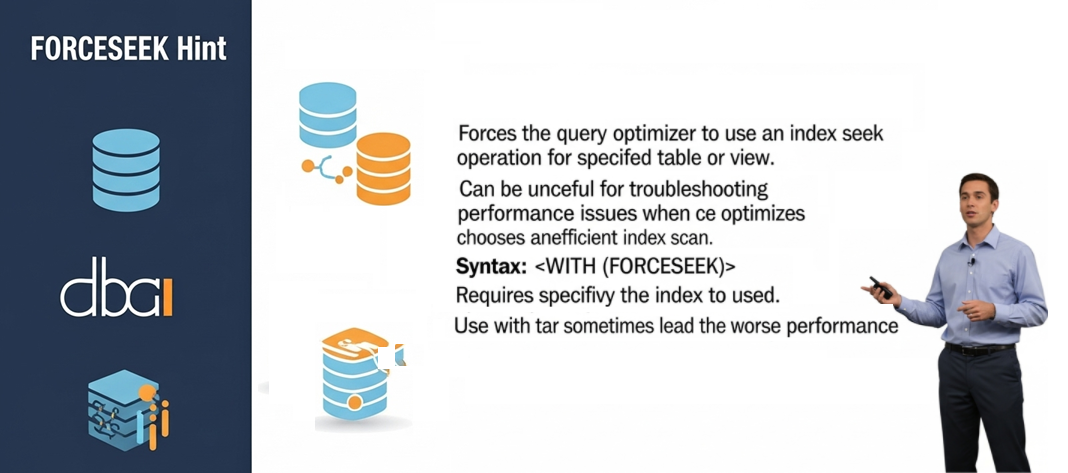

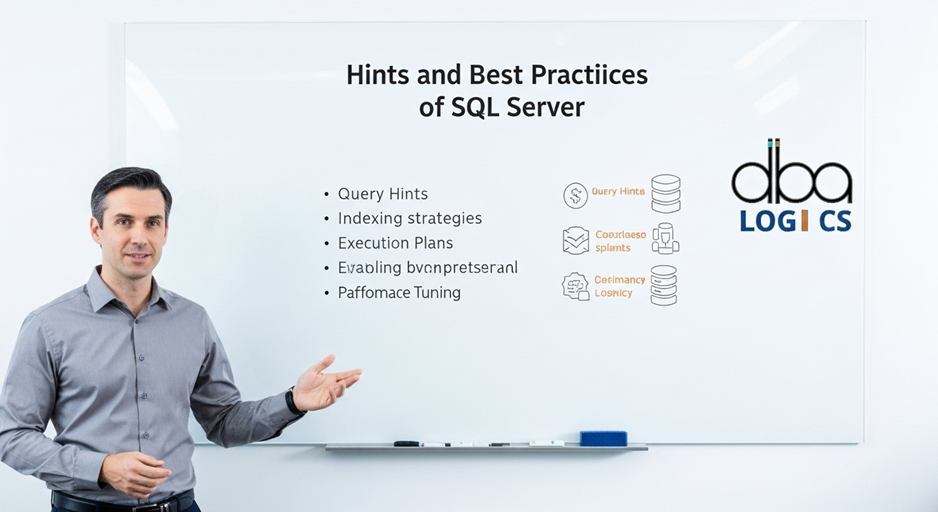


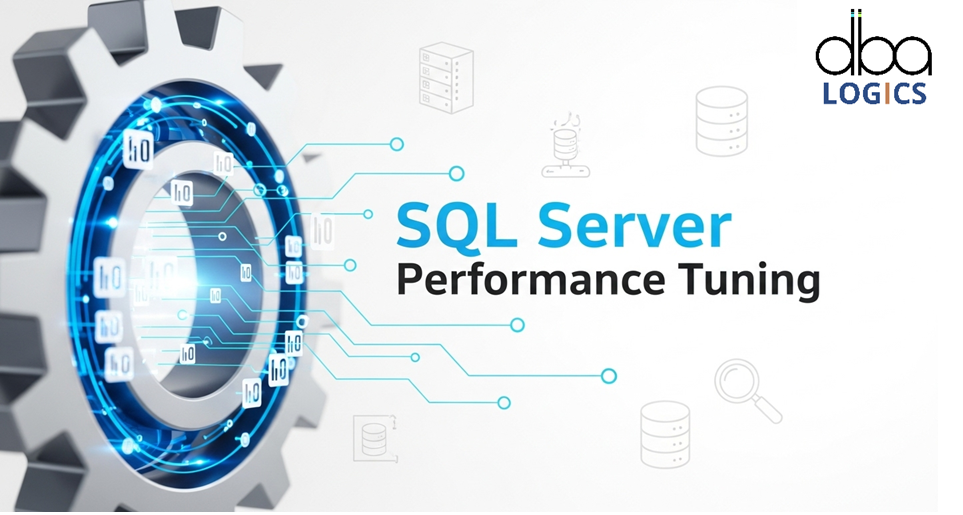
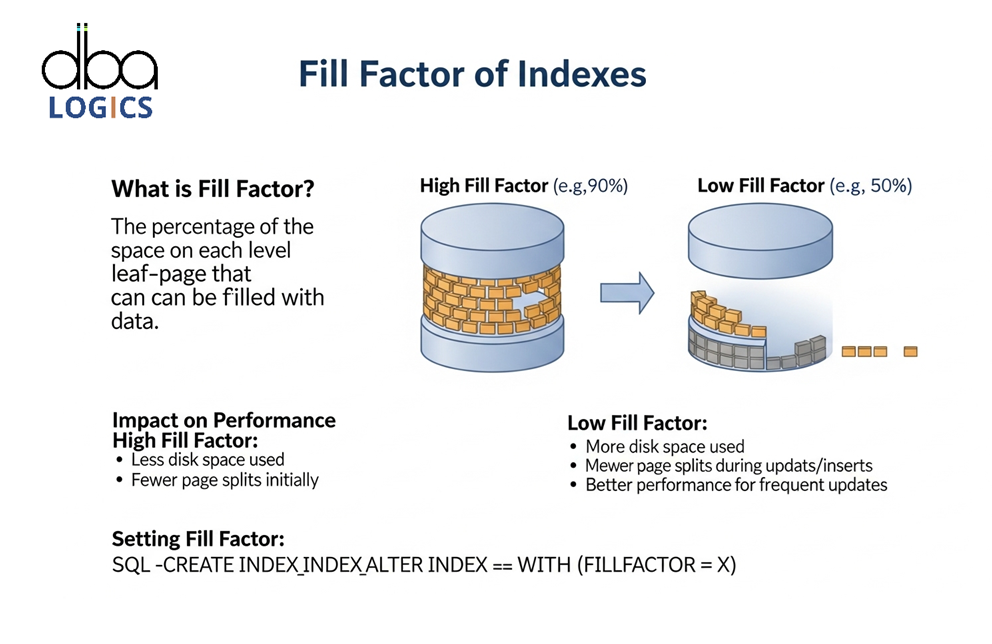



Post Comment
Your email address will not be published. Required fields are marked *